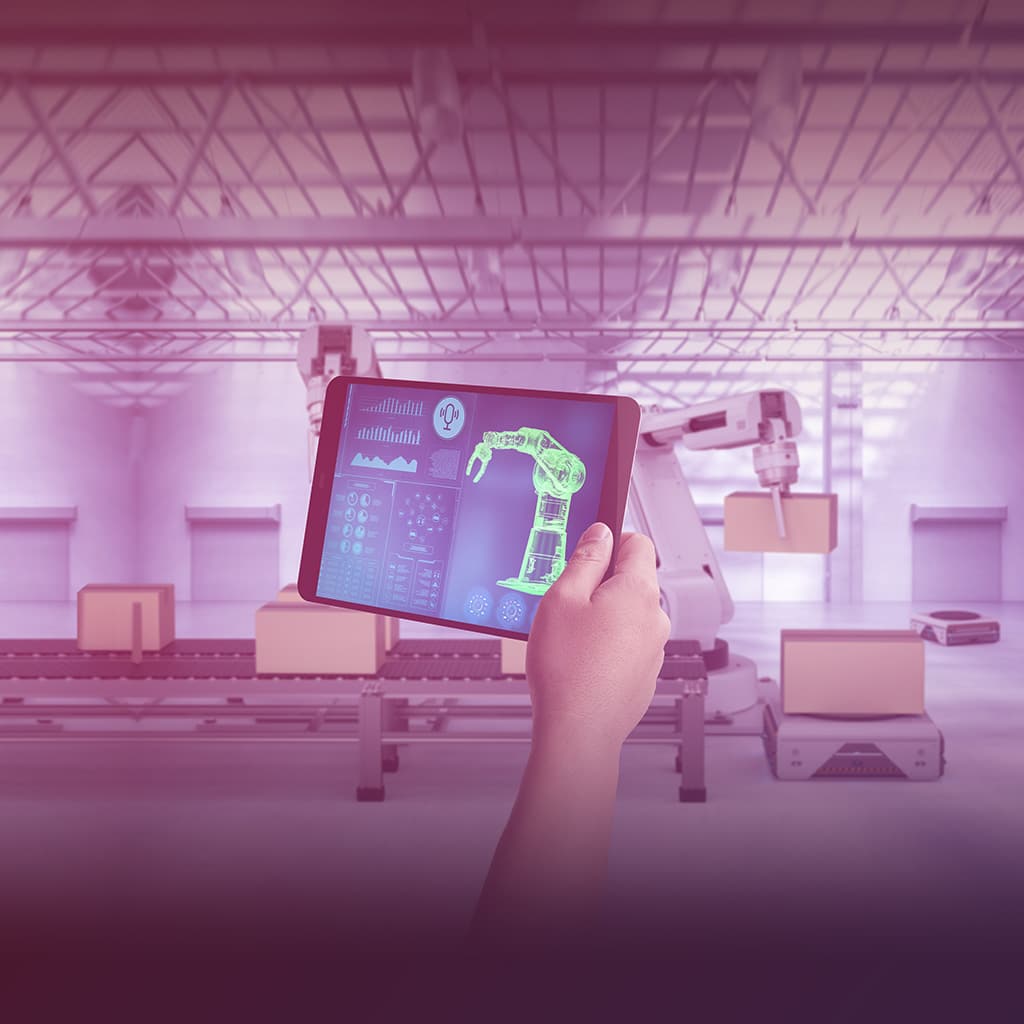
6 Quick Ways to Add Automation and Voice Commands to Your Supply Chain
You don’t have to wait months or years to add automation to your supply chain. Many repetitive supply chain tasks can be automated in weeks — helping you respond quickly to new events while boosting your workforce’s productivity.
These short-term gains require identifying simple tasks that lots of people do many times a day. In an enterprise-scale company, automating these activities can generate sizable productivity improvements. Moreover, you’re taking busywork out of your workers’ lives and giving them more time to solve problems that are too tough for the machines.
Two excellent technologies for supply chain automation are robotic process automation (RPA) and natural language processing (NLP). With RPA, you’re identifying a basic task like data entry and developing a bot to automate it. With NLP, you’re using artificial intelligence and machine learning (AI/ML) to build voice and text commands into applications your people use every day.
Six Ideas for Putting RPAs and NLP to Work in a Supply Chain
These examples should give you an idea of the kinds of automation you can accomplish in weeks vs. months or years.
Weekly reports. Middle managers who provide weekly updates on sales, production or inventories could use an RPA bot to automatically grab data from a software package and plug it into a report to their division managers. Normally, this would require the author to have a spreadsheet open in one screen and a document editing program in another — constantly cutting and pasting data manually into their reports.
Invoice data input. Staff who handle incoming invoices often enter data manually, creating the potential for human error. An RPA can grab the data on an invoice and instantly plug it into your corporate financial software, giving your invoicing staff more time to deal with challenging orders and customizations that require more personal attention.
Financial requests. During economic reversals, financial companies often get a massive volume of customers asking for delays on loan payments. Since these forbearance requests typically require the same data from every customer, you can build an RPA into an online interface that dramatically reduces the workload for people handling the requests. RPA bots also can automate processes like loan applications.
FAQs. If you have thousands of customers with three or four questions that they’re likely to ask repeatedly over the next several months, you can use NLP to translate their questions and add an RPA bot to automate the delivery of their answers. Simple chatbots can be spun up quickly to perform these kinds of tasks.
Inspection checklists. If you have people inspecting products or processes manually, you can build simple apps that let people use spoken commands to check items off their lists. This can be especially helpful when the workers need their hands free to touch and lift objects.
Vocal and text instructions. People often navigate through byzantine server hierarchies to find and share documents when collaborating with co-workers. They also might expend multiple clicks to find a specific feature within a large software suite. Adding a basic NLP bot to a digital interface can allow them to use voice or text commands to access these features and documents much faster.
Quick Tips for Adding RPA and NLP Bots
- Think small. With RPA bots, it’s best to automate as few actions as possible. Otherwise, updating the bot will require fixing every activity within in it.
- Keep the data pure. NLP bots require clean, accurate data to produce learning outcomes over time. Make sure your algorithms pull NLP data directly from the source without any intermediaries.
- Join forces: Combining simple RPAs with basic NLP bots can produce powerful efficiency benefits.
A Partner for Rapid Supply Chain Automation Solutions
DMI has the people and the technologies required to deliver supply-chain solutions in tight time frames. We have experts in accelerated software development and system design who use Agile methodologies to create fast prototypes and iterate quickly based on user feedback.
We also have a mobile inspection platform to optimize quality control and an advanced monitoring platform to track inventory and machinery in real time and send alerts in an emergency.
With these tools, you don’t need to build an elaborate distribution center with robotic carts to realize the benefits of automation. You can start with your people — automating repetitive tasks, streamlining efficiency and using intelligent bots to help everybody work smarter. And you can do it soon.
–Niraj Patel, director, artificial intelligence
–Varun Ganapathy director, digital technology office